Volvo Trucks presents FC truck with 1,000 km range
Volvo Trucks has presented an electric long-haul truck that is supposed to have a range of up to 1,000 kilometres with a hydrogen fuel cell. The Swedish company is not yet sure when such a vehicle could go into series production – but the first test vehicles are already on the road.
It has long been known that Volvo, in addition to its current battery-electric trucks, also relies on the fuel cell in the decarbonisation of the transport industry. The Swedish company – not to be confused with the largely independent carmaker Volvo Cars – have founded the joint venture Cellcentric together with Daimler Truck, which is to produce fuel cells for the long-haul trucks of the two truck manufacturers in its future factory in Weilheim/Teck.
But unlike its partner Daimler Truck with the GenH2 truck, Volvo Trucks has not yet announced a concrete model for the Cellcentric fuel cells.
Volvo wants to include the electric truck with hydrogen-powered fuel cells in its product portfolio “in the second half of the decade”. Given the common supplier of the fuel cells, it is hardly surprising that Daimler Truck is targeting the same period as the premiere for its H2 truck. However, even before the series premiere, customers will be using the Swedish hydrogen truck in the pilot phase – a common practice in the transport industry.
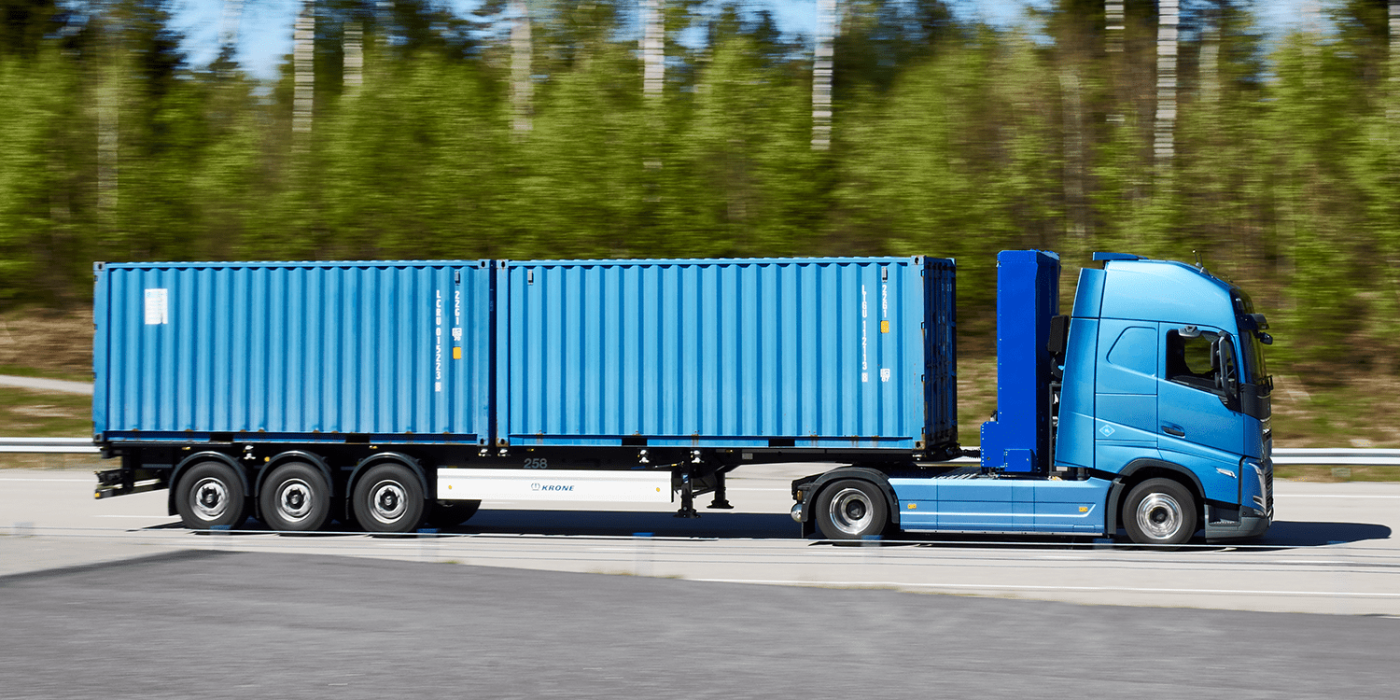
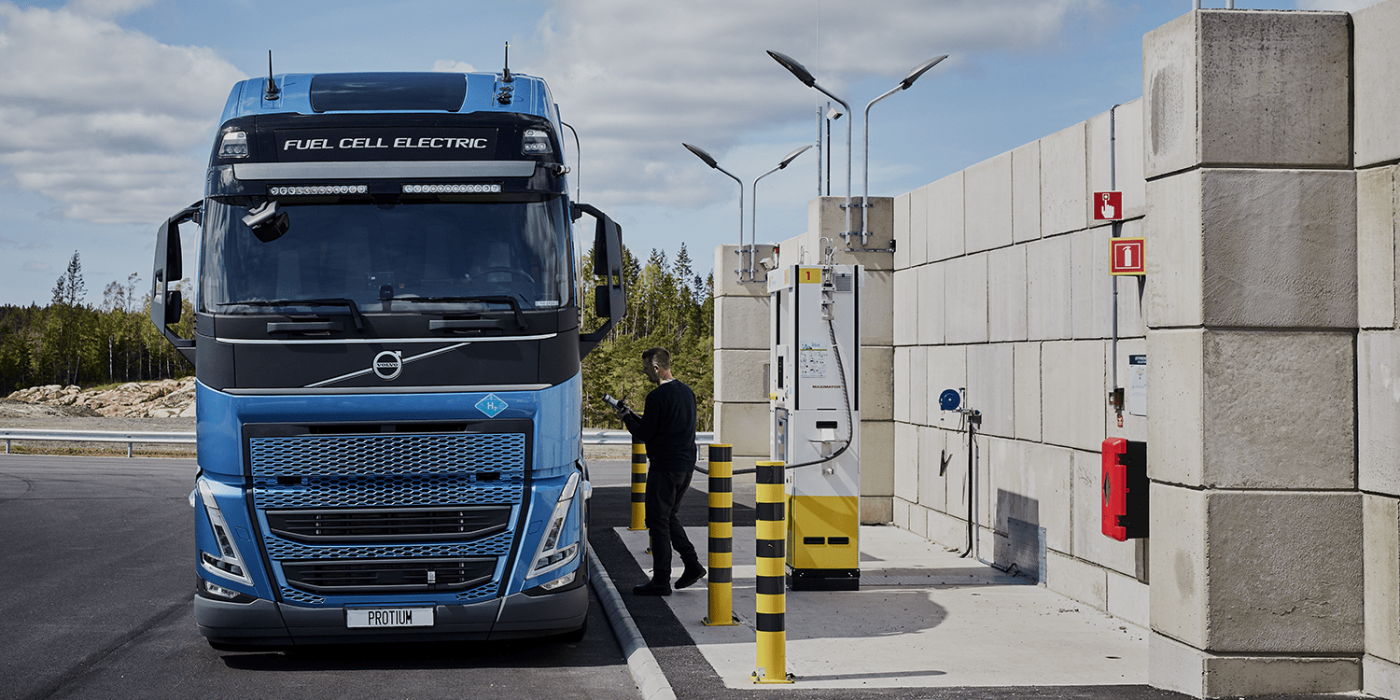
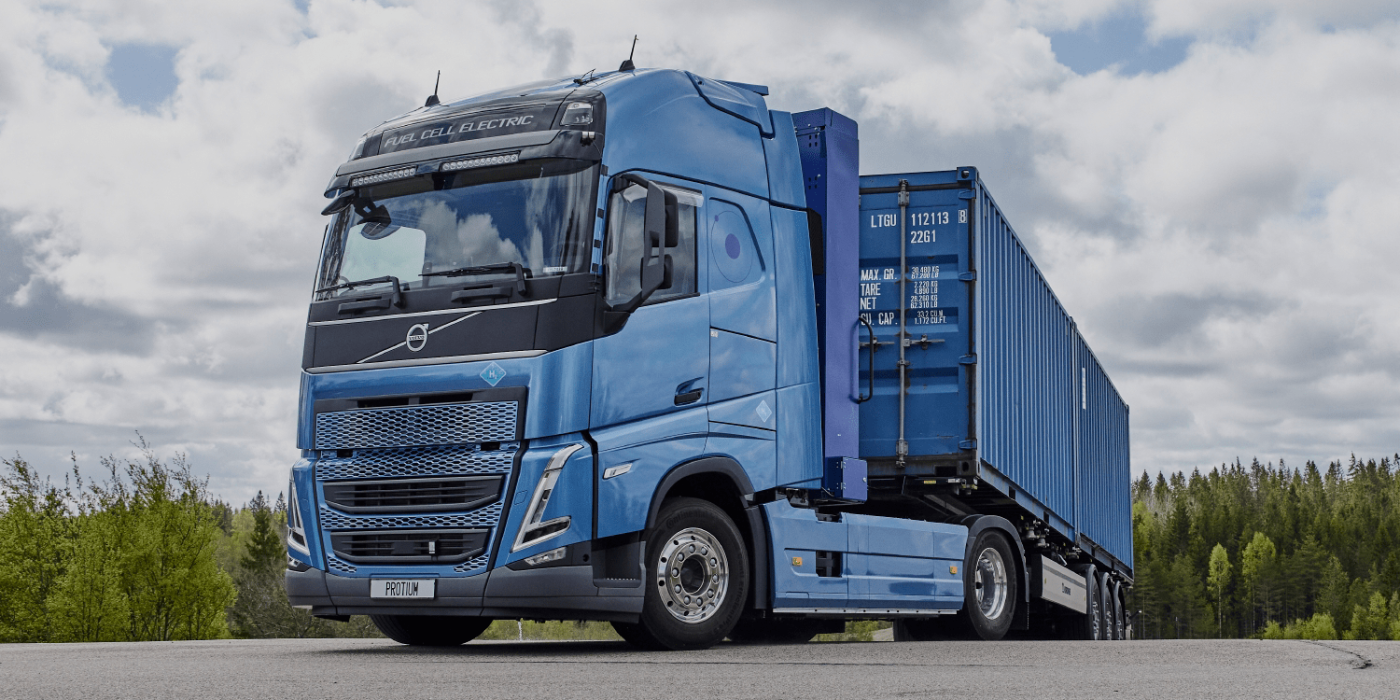
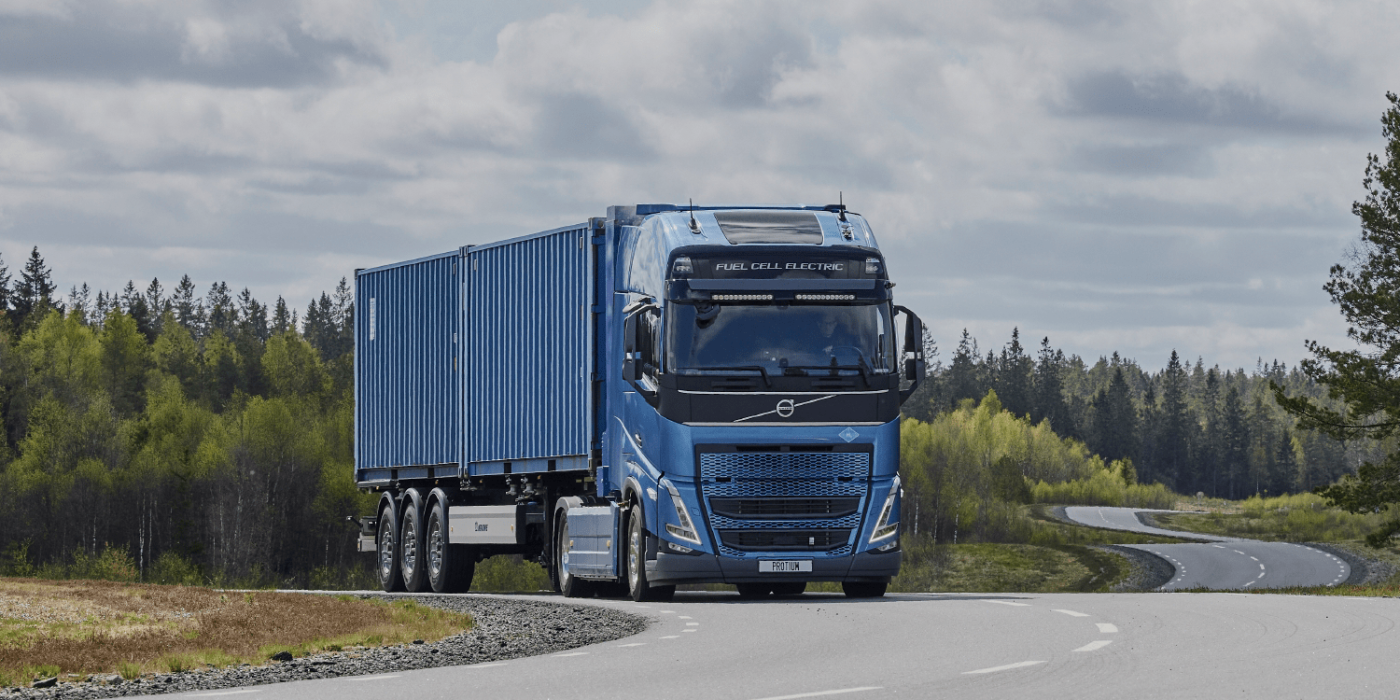
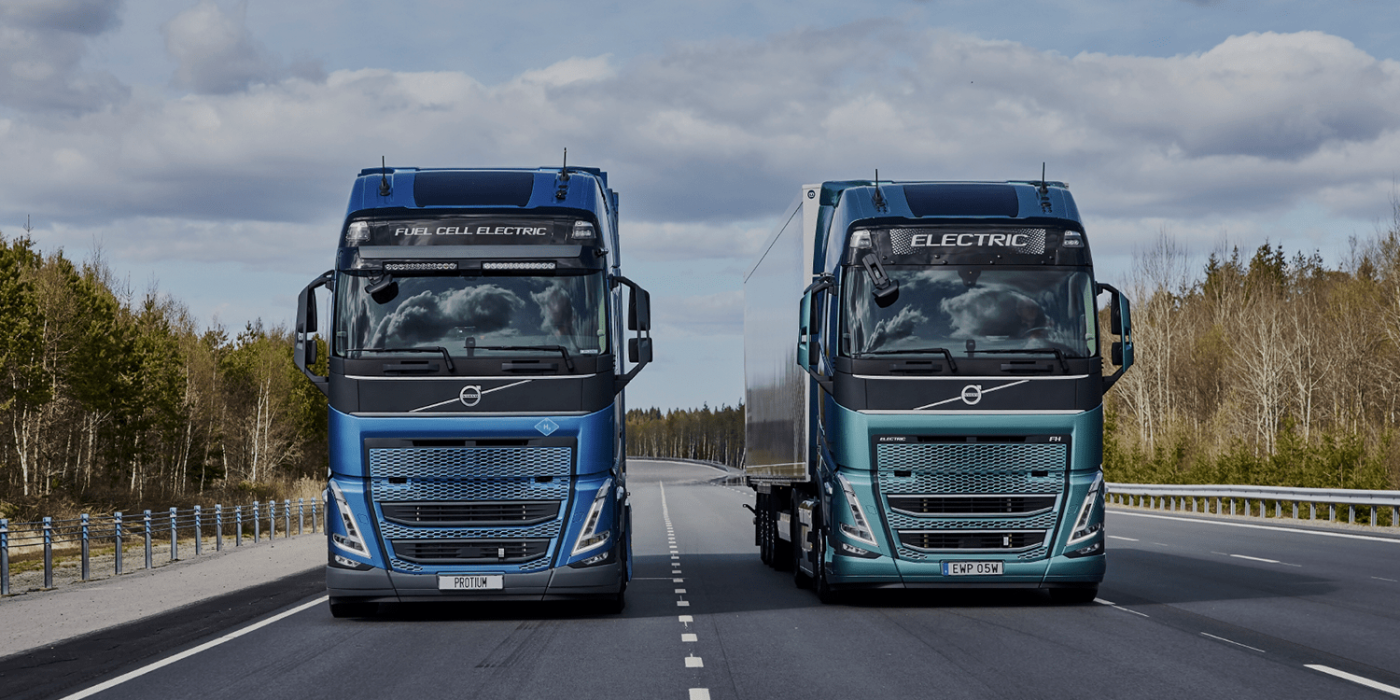
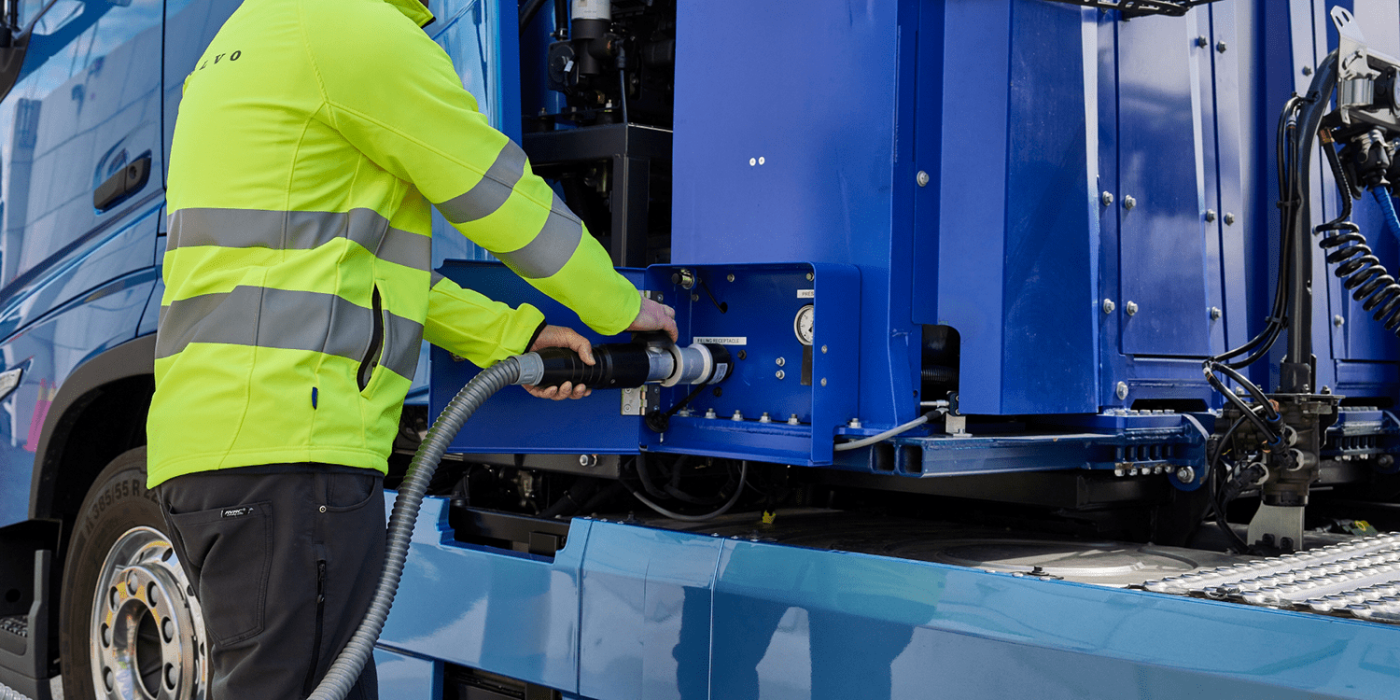
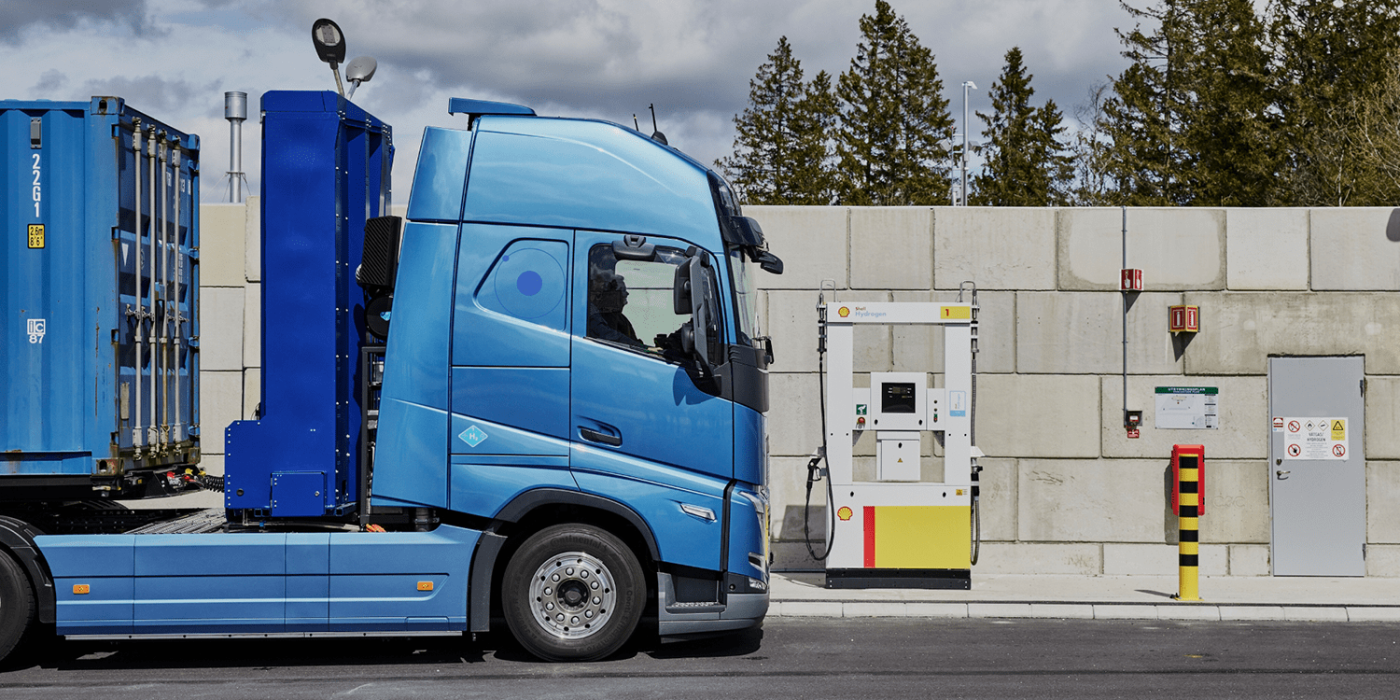
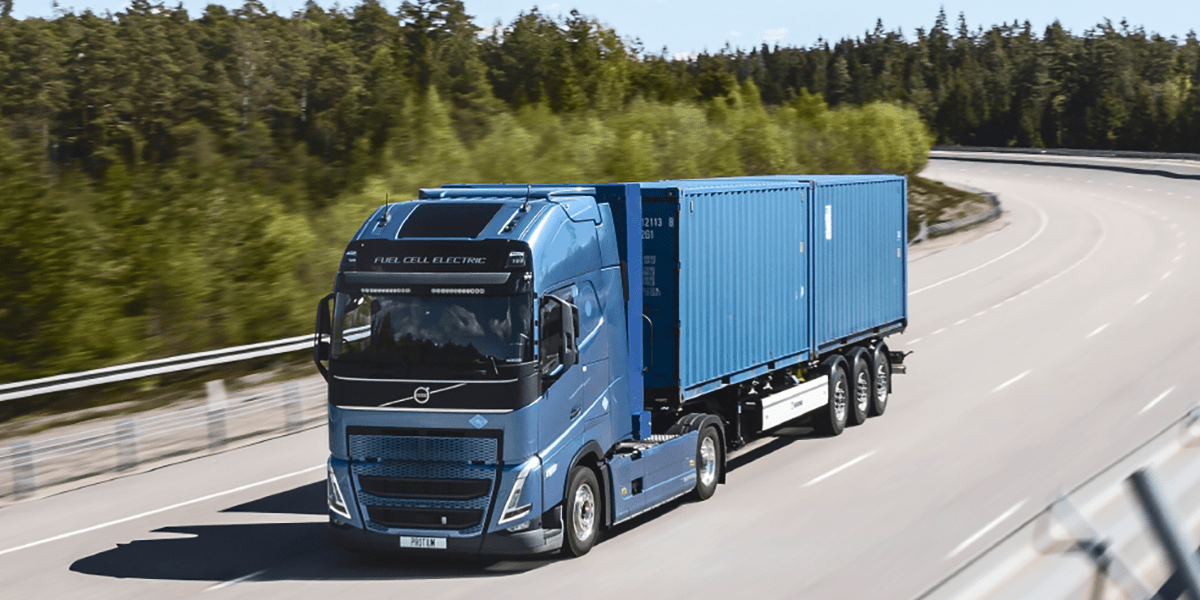
When it comes to the technical data of the fuel cell truck – at least the prototype is based on the Volvo FH Electric – Volvo is still keeping a low profile. Apart from the range on the level of a diesel truck, the manufacturer only states that the two fuel cells should be able to generate 300 kW of electricity – as in the GenH2 truck. With the available power, the total weight could be “around 65 tonnes or even more”, Volvo says.
Another important figure: the hydrogen supply on board should be able to be refilled in less than 15 minutes. The Swedes do not mention how many kilogrammes of hydrogen are involved. Nevertheless, the 15 minutes are an important distinguishing feature from the fuel cell truck from Daimler Truck: the German company prefers deep-frozen, liquid hydrogen for the series model. The hydrogen cooled to -253 degrees Celsius is then called LH2 and can be refuelled like a liquid in a few minutes. In addition, the energy density is higher in the tanks, which are also cooled to this temperature – so less installation space is needed to store the same amount of hydrogen.
The catch: the hydrogen infrastructure is currently designed for gaseous storage at high pressure – for commercial vehicles at 350 bar and for passenger cars at 700 bar. H2 Mobility, the largest operator of hydrogen filling stations in Germany, is planning to focus on H2 commercial vehicles in its next round of expansion, but also with filling stations for gaseous hydrogen. Nevertheless, H2 Mobility is open to LH2. It is a great advantage that Daimler Truck is one of our shareholders, so we are constantly in close contact with various technologies and can react at an early stage,” said H2 Mobility CEO Nikolas Iwan in March in an interview with electrive.net.
Currently, Volvo is focusing on gaseous storage. As with other H2 trucks, such as the Hyundai XCIENT, the hydrogen pressure tanks are placed behind the cab. Volvo does not stack the pressure tanks horizontally here, but has placed five large tanks vertically next to each other. The tank connection is also located on the driver’s side of the clearly visible tank unit.
For the fuel cells produced jointly with Daimler Truck, it is not a problem how the hydrogen is stored on board – in the fuel cell itself the H2 arrives in a gaseous form anyway. “The fuel cell can process both liquid and gaseous hydrogen, there is no difference,” Daimler Truck CEO Martin Daum said last year. “The filling stations will only be able to support one technology – gaseous or liquid. So the industry has to make a choice.”
Roger Alm, president of Volvo Trucks, does not comment on the issue of storage – there is not a word in the memo about the use of liquid hydrogen. Alm instead stresses the importance of the energy used to produce the hydrogen. “We expect the supply of environmentally friendly hydrogen to increase significantly in the coming years, as many industries will depend on it to reduce CO2 emissions. However, we cannot delay the decarbonisation of the transport sector any longer, because we are already very late,” Alm said. “So my clear message to all transport companies is: take the road today with battery electrics, biogas and the other options available. Fuel cell trucks will be an important addition for longer and heavier hauls in a few years.”
In addition to long haul, Alm also sees fuel cells as an option for countries ” where battery charging options are limited.” “The versatile range of electric trucks with batteries and others with fuel cells will enable our customers to get rid of CO2 emissions altogether, regardless of the transport tasks at hand,” says the Volvo manager.
With reporting by Sebastian Schaal, Germany.
Source: Info via email

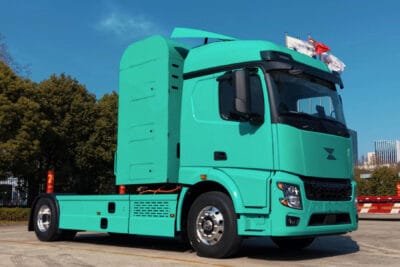
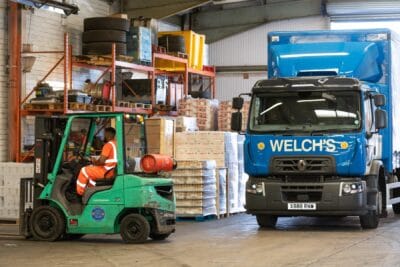
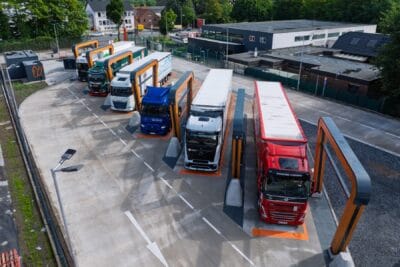
0 Comments